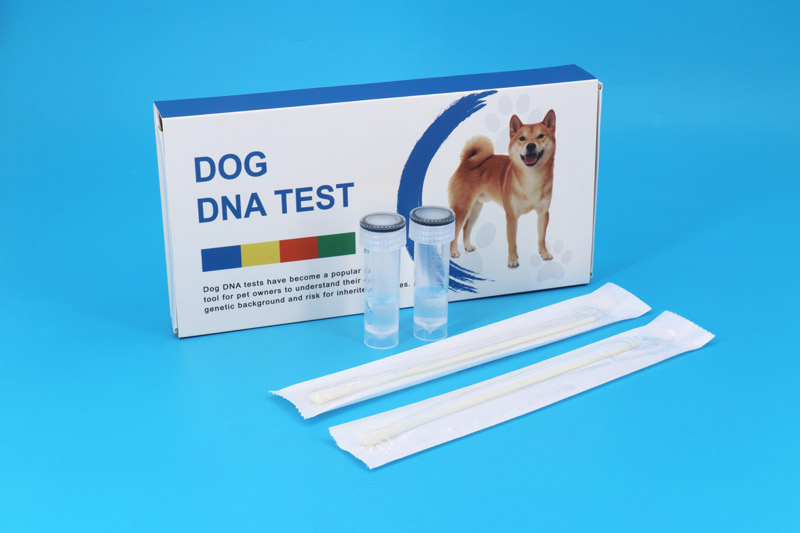Pets have become an integral part of our lives, offering companionship, love, and loyalty. Understanding their genetic makeup can provide valuable insights into their health, behavior, and overall well-being. DNA collection has emerged as a powerful tool in unraveling the mysteries hidden within our furry friends’ genetic code.
The Importance of Pet DNA Collection
1. Health Insights: DNA analysis can identify potential genetic diseases and predispositions, enabling early detection and proactive healthcare measures.
2. Behavior Understanding: Genetic markers can shed light on certain behavioral traits, helping pet owners better understand and tailor training methods.
3. Breed Identification: DNA testing can accurately determine a pet’s breed composition, settling any uncertainties about their lineage.
DNA Collection Methods
1. Buccal Swab: A non-invasive and painless method, a buccal swab collects DNA from the inside of a pet’s cheek using a specialized swab.

MEIDIKE GENE® Dog DNA Test Kit
2. Blood Sample: Traditional blood collection can be performed by a veterinarian and offers a reliable source of DNA.
3. Hair Follicles: Collecting hair follicles with their roots intact provides sufficient DNA for analysis.
The Process of DNA Analysis
1. Laboratory Testing: Collected samples are sent to a certified laboratory where scientists extract and analyze the DNA.
2. Genetic Markers: The laboratory examines specific regions in the DNA to identify markers associated with health, behavior, and breed.
3. Result Interpretation: Experts interpret the results and provide detailed reports to pet owners, highlighting any significant findings.
Pet DNA collection offers a fascinating window into the genetic makeup of our furry friends. By unraveling their ancestral origins, breed composition, and potential health risks, we can deepen our connection with our pets and provide them with the best possible care. Furthermore, through our participation in DNA collection, we contribute to the advancement of veterinary medicine, benefiting not only our own pets but also future generations of furry companions. So, let’s embark on this journey of discovery and unlock the genetic secrets of our beloved pets!

















